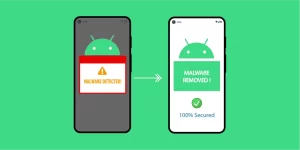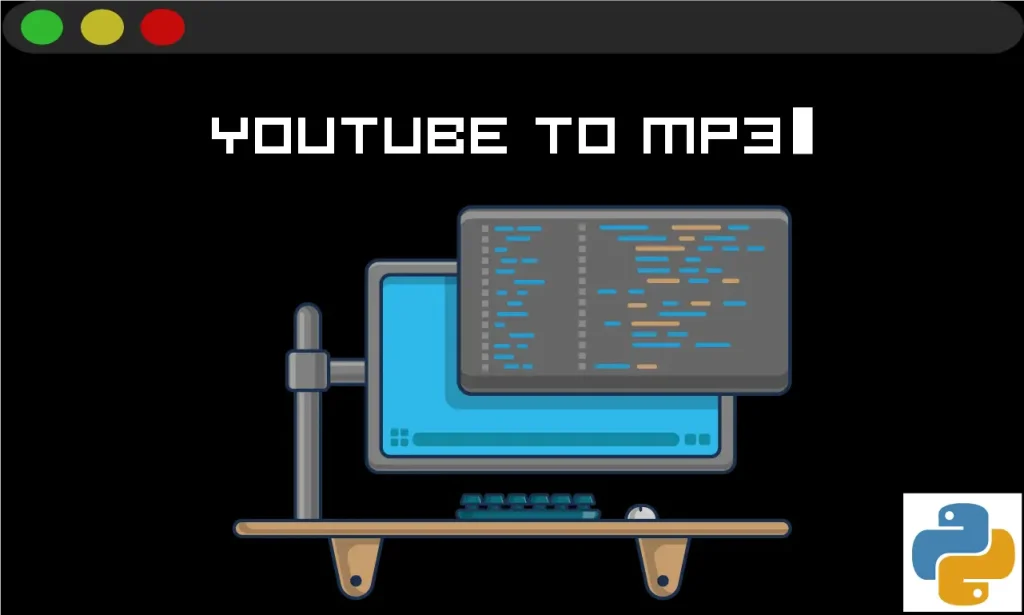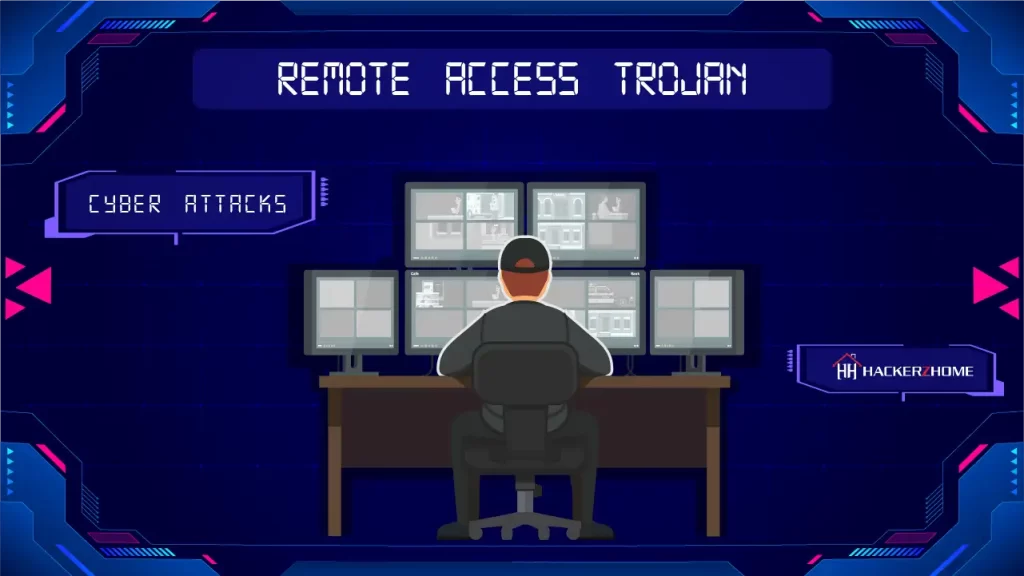Introduction:
Hey lads, welcome to the Networking section of Hackerzhome. Here, we will be posting articles about Networking basics, Topologies, Protocols, Network Security, Tools, and some advanced tutorials. As we mentioned, This is a beginner-friendly blog so we will be covering everything from scratch. So, If you are looking for an introduction to Networking and about to start your Networking career then you are in the right place.
In this introductory article, we will be giving you a brief intro about networking. Check out the table of contents for a quick overview of what we are going to see in this article.
Table of Contents
What is Networking?
- Generally, networking means the process of connecting people together and exchanging data between them.
- Likewise, Computer networking is the process of connecting a set of nodes together to exchange data and share resources between them through communication links/transmission medium.
- The node can be a computer, server, printer, or any device which is capable of sending/receiving data from one to other nodes in the network.
- The transmission medium/communication link carries the information or data that is being transferred. In other words, the data transfer happens through the transmission medium.
- Let’s see about transmission medium in detail.
Transmission media:
- Transmission media acts like a bridge between the sender and the receiver in a network. So in simple, it just carries the data or the information between two devices.
- In networking, we always mention data as signals.
Classifications:
The two main classifications of transmission media are
- Guided media
- Unguided media

Guided media :
- The wires that you see in your computer lab that are connected between other components are an example of guided media. So guided media is a physical media through which, the transmission of data happens.
- This type of transmission is also called bounded transmission media as the data which is being transmitted is directed and confined by the physical limits of the medium.
The features of Guided media:
- It provides high speed.
- It Will be used for short distances.
- It is more secure.
This guided media is majorly divided into 3 types based on the cables which are being used to connect the devices. They are,
- Twisted pair cable,
- Co-axial cable
- Optical fiber.
Unguided Media:
- As we have already discussed, unguided media is wireless media. Since it is wireless, we don’t need any physical medium to transmit electromagnetic waves. Wonder how the signal is transmitting then?
- Here the transmission medium is free space (air). Since the signal broadcasting is happening through the air, the main advantage is we can transmit the data over larger distances.
- But, The main disadvantage is, it is less secure. Guided media can be installed in such areas where the installation of cables and wires is extremely difficult like hill areas.
We have classified the unguided media into 3 categories, based on the type of signals that are being used in the transmission. They are,
- Radio waves.
- Microwaves.
- Infrared waves.
Network Criteria:
There some criteria that have to be met by a computer network are:
1. Performance – It is measured in terms of transmit time and response time. The performance will depend on the following factors:
- The number of users
- Type of transmission medium
- The capability of a connected network
- Efficiency of software
2. Reliability – It is measured based on
- Frequency of failure
- Recovery from failures
- Robustness during the catastrophe
3. Security – Protecting the data from unauthorized access is a very important criteria.
Transmission Modes:
The Transmission mode is a procedure of transferring data in the network. There are 3 transmission modes in computer networks and they are,
- Simplex mode.
- Half-Duplex mode.
- Full-Duplex mode.
Simplex Mode :
- In this mode, the communication is Uni-directional which means it’s One-way. So here, only one device i.e Sender is allowed to transfer the data and the other device i.e receiver is only allowed to receive it.
- Example: A Radio station is the best example of this type of communication mode.
Half-Duplex mode:
- In this mode, communication is possible in both ways but not simultaneously. That means, both the devices can transmit and receives the data but it can not be done at the same time.
- Example: The best example of this kind of communication mode is Walkie-Talkie.
Full-Duplex Mode:
- This is completely bi-directional. which means, that communication can be done in both ways simultaneously.
- Example: The best example of this mode of communication is a Mobile/Cellular network.
Conclusion :
So, from this article, we have learned the introduction of networking, node, transmission media, classification of transmission media – guided and unguided, types of guided and unguided media, network criteria, and transmission modes. We hope you understood the concepts and got some introduction to networking. We don’t want to cram too much information at once. So, Let’s learn gradually and slowly. Happy learning!











